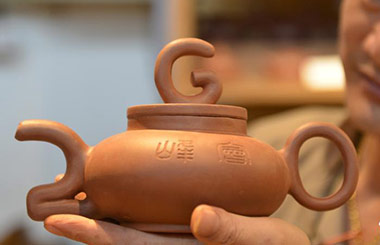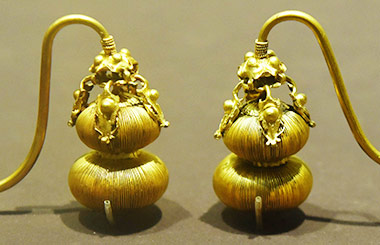Young designer produces mature masterpiece
By Zhang Kun in Shanghai ( China Daily ) Updated: 2012-12-31 10:31:46"It took me and my friends a lot of effort to create a special glaze for the lid. We wanted to present a texture that is like landscape paintings in traditional Chinese ink art, and at the same time rough on the surface and lightweight, so that anyone can pick it up easily with two or three fingers."
Ran says that adding the copper handle to the ceramic pot was another challenge. In Jingdezhen, Jiangxi province, craftsmen told him it could not be done through mechanical means.
"So, we had them individually installed by hand. But we later found out that in Japan, there has been a very established technique used to seal metal parts to ceramic," he says.
Ran says some designers have been pushing for a revival of handicrafts but they have limited influence.
Traditional Chinese intellectuals gave greater emphasis to what they wear or use, as if the items had lives of their own.
"By using an item, one believed he or she was nurturing it, transferring a little part of himself into the item," he explains. "There is only value in our designs when they are put to use. It is only relevant when it means something to people's lives."
On his part, Ran has founded a design company named "Sothing" with a few friends in the hope of promoting the use of Chinese handicrafts. Sothing has won several international prizes including "Best of Best" at the Red Dot Design Award in 2010.
A native of Hunan province, Ran has fond memories of the beautiful and poetic landscapes in his hometown.
The mist on the river has inspired him to create incense burners. "Smoke doesn't have a form. It is the burner that gives it shape," he says. "Repeated burning will leave marks on the burner, making the burner a unique possession of the owner."
Whenever Ran starts a new project, he makes it a point to visit the place of origin and work together with the local craftsmen. He is always ready to experiment with new techniques, and take risks.
"I am still young. Whatever happens, I can always start anew," he adds.
zhangkun@chinadaily.com.cn
|
|
|
|
|
|
|
|
|
|
|




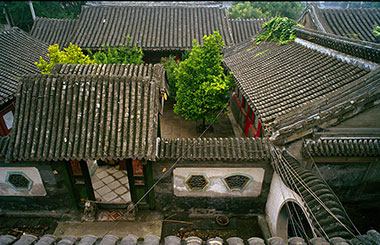
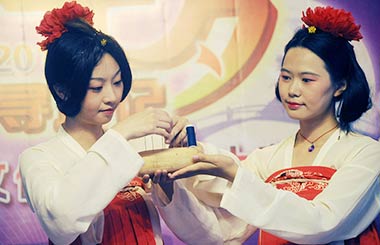

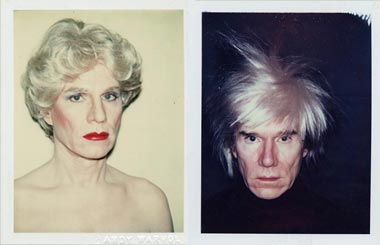

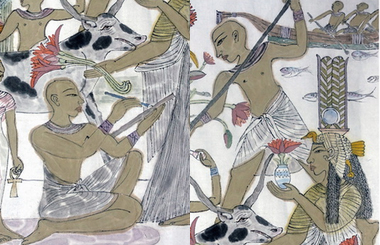







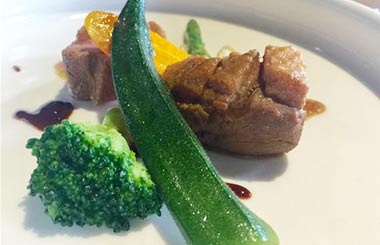



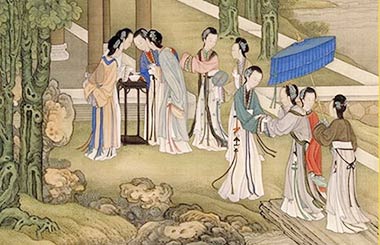
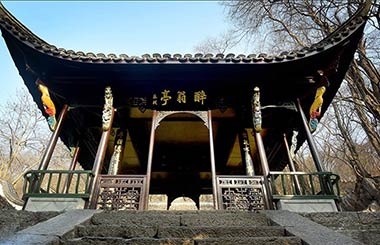
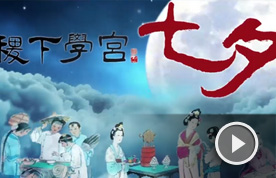


 Raymond Zhou:
Raymond Zhou: Pauline D Loh:
Pauline D Loh: Hot Pot
Hot Pot Eco China
Eco China China Dream
China Dream China Face
China Face
